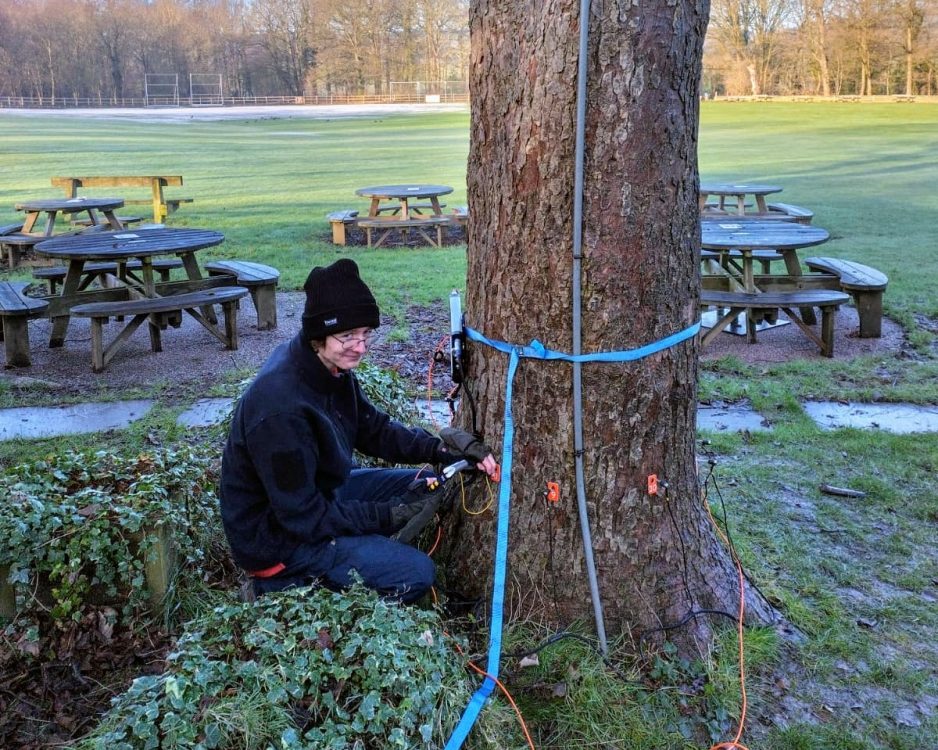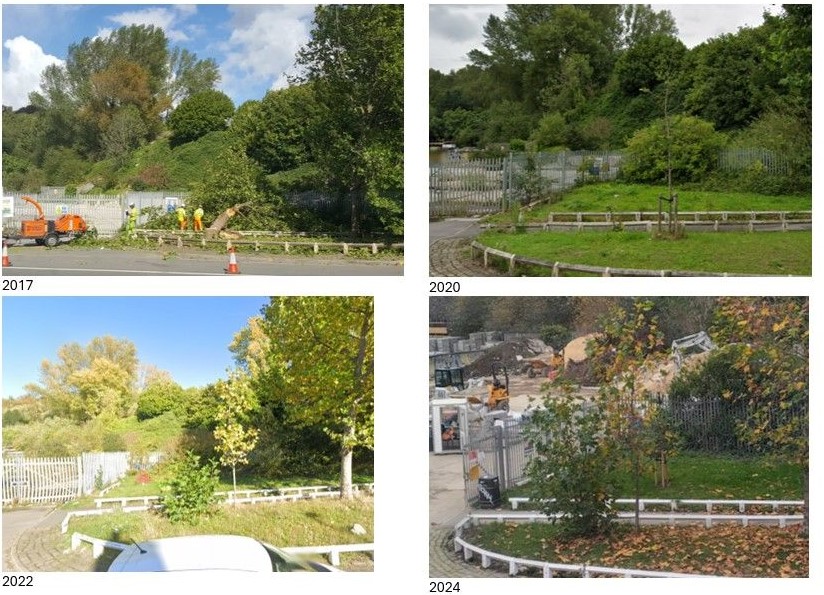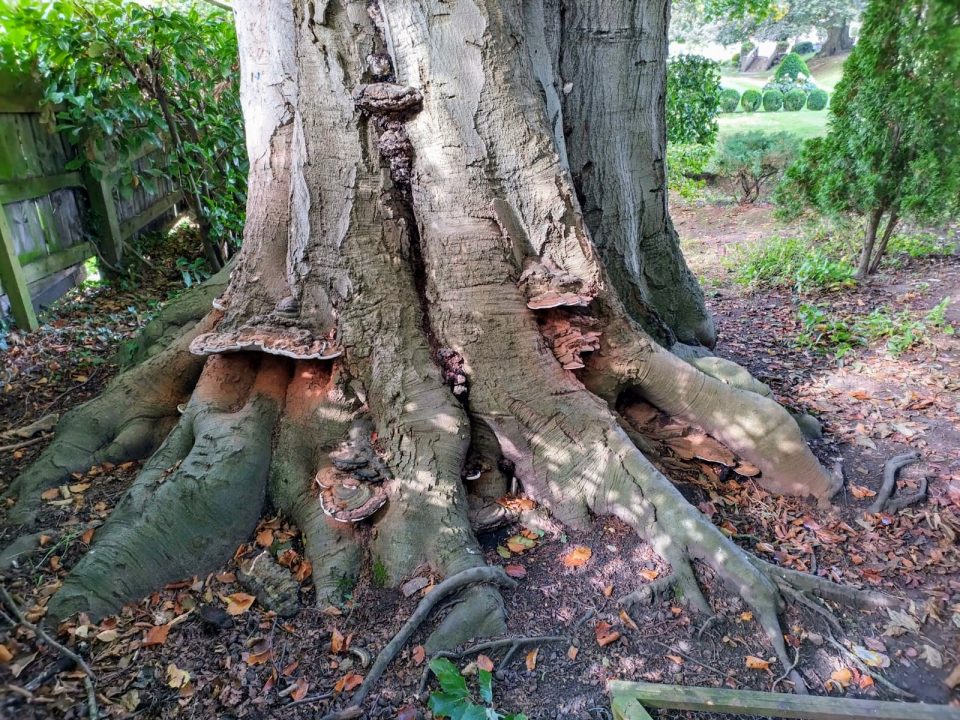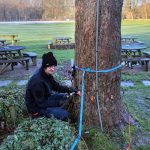
Starting My Arboriculture Apprenticeship at AWA Tree Consultants
20th January 2025Are Developers and Councils Meeting Tree Commitments?
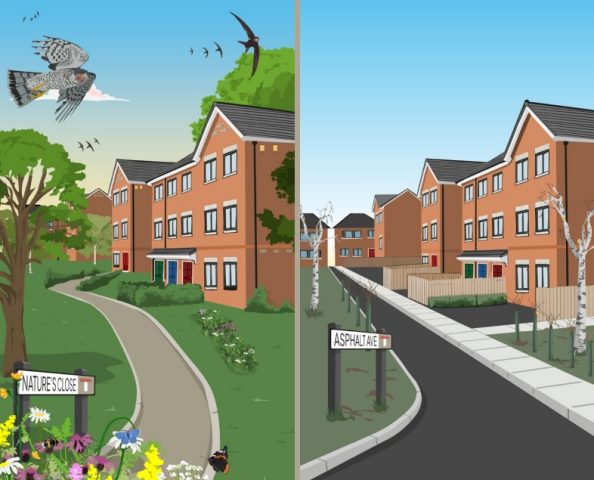
Lost Nature Report
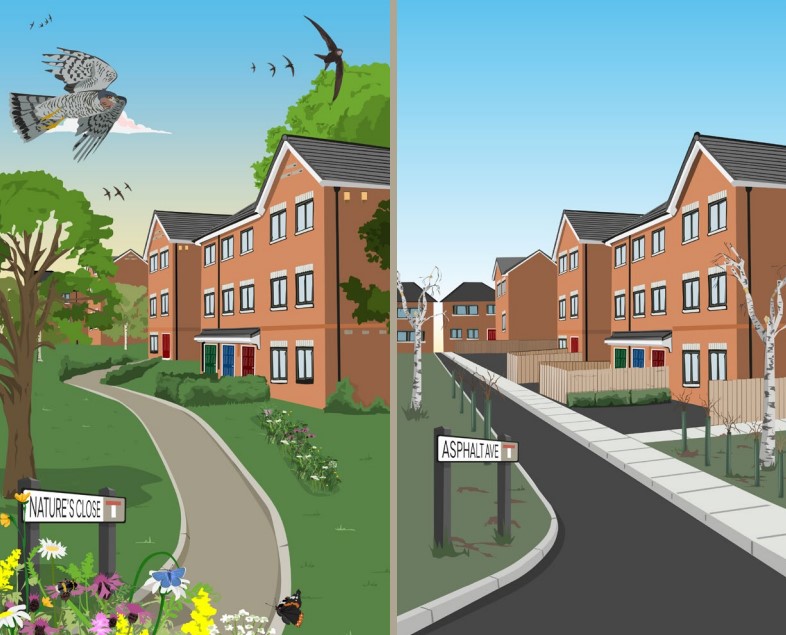
Are developers and councils doing enough to ensure the survival of trees in new housing developments? At AWA Trees, our focus on tree surveys for planning (BS5837) positions us at the intersection of development and stewardship of the urban forest. We understand the balance needed to support much-needed housing projects while protecting the wide ranging value of trees. A recent report, “Lost Nature: Are Housing Developers Delivering Their Ecological Commitments?” by the University of Sheffield, highlights serious shortcomings in how trees are addressed in new developments. This research aligns closely with our work and raises important questions about the priority of trees in relation to development.
Trees in the Spotlight
The report found that only 61% of trees promised in landscape plans for new developments are planted, and a significant proportion of those fail to thrive. Some of the key issues include:
- High Mortality Rates: Newly planted trees frequently die due to poor planting practices, compacted soil, insufficient aftercare, and unsuitable species selection.
- Missed Replacements: Landscape management plans often require the replacement of failed trees, but many sites either leave dead trees in place or remove them without replacement.
- Timing Challenges: Trees are often planted at suboptimal times, such as during summer heatwaves, leading to poor establishment.
These issues highlight a broader systemic failure: developers are not delivering on their legally binding commitments to provide green infrastructure and Local Planning Authorities are not spending resources on monitoring these commitments. While trees are among the most visible elements in landscaping plans, the gap between promise and delivery is striking.
The Context of Our Work
As arboricultural consultants, we provide BS5837 tree surveys for planning to ensure that existing trees are properly assessed and incorporated into development proposals. We also recommend mitigation measures when trees must be removed for construction, such as:
- Planting replacement trees of appropriate species.
- Improving planting conditions through protection of rooting space and soil conditions.
- Monitoring and maintaining new trees to ensure establishment and growth.
This research underscores the importance of these practices. The lack of follow-through on tree planting commitments renders much of the effort in surveying and planning moot. Developers, Tree Consultants and Councils focus heavily on navigating tree-specific issues during the planning stage, yet the failure to ensure the long-term success of new trees undermines these efforts.
The Report’s Blind Spot: Arboricultural Surveys
While the report provides a thorough review of ecological commitments, including baseline ecological surveys, it makes no mention of arboricultural surveys. This omission is surprising, as BS5837 tree surveys are a key component of planning applications, particularly for developments impacting existing trees. Understanding the constraints and opportunities presented by existing trees is crucial not only for compliance but also for maximizing the ecological and aesthetic benefits of urban green spaces.
We advocate for integrating arboricultural expertise into every stage of the planning and development process, ensuring that:
- Existing trees are protected during construction.
- Replacement trees are planned with their future success in mind.
- Developers and Councils are held accountable for monitoring and maintaining the trees promised in proposed plans.
Pro-Development, Pro-Trees
At AWA Trees, we are pro-development. We recognise the need for new housing and the benefits it can bring to communities. However, we believe that development can enhance, not diminish, our natural environment. This research demonstrates that the energy and scrutiny applied to tree-specific planning issues often miss the bigger picture: ensuring the long-term survival of new trees and delivering meaningful improvements in the urban forest.
The findings of this report are a call to action for developers, councils, and arboricultural consultants alike. Sometimes the focus on individual technical tree issues means the bigger picture is neglected. Also, we must prioritise not just the number of trees planted but their establishment and survival.
If you’re planning a development project and want to ensure your tree strategy is not a concern, get in touch with AWA Trees. Our mission is: Helping people and trees flourish, through expert advice. Every project we take on is rooted in our desire to help build developments that support both people and trees.


